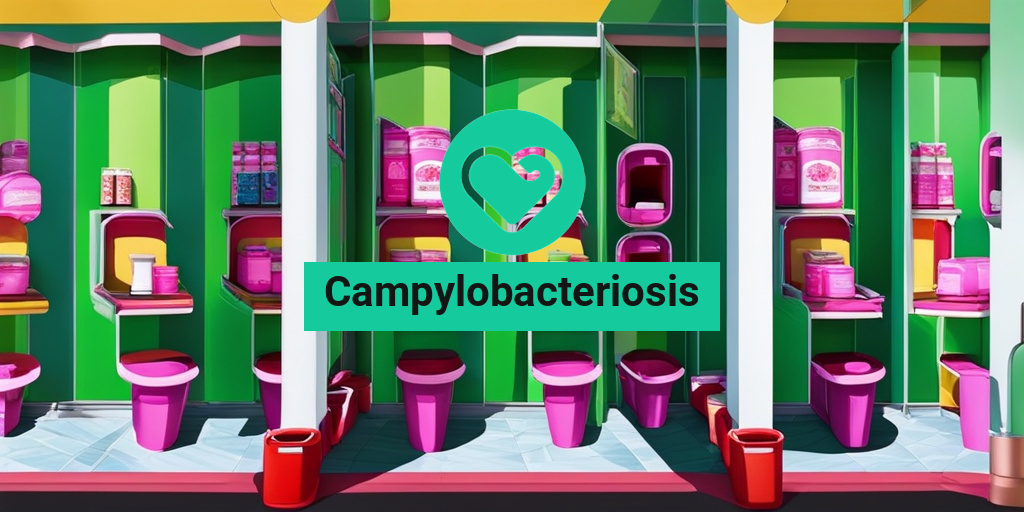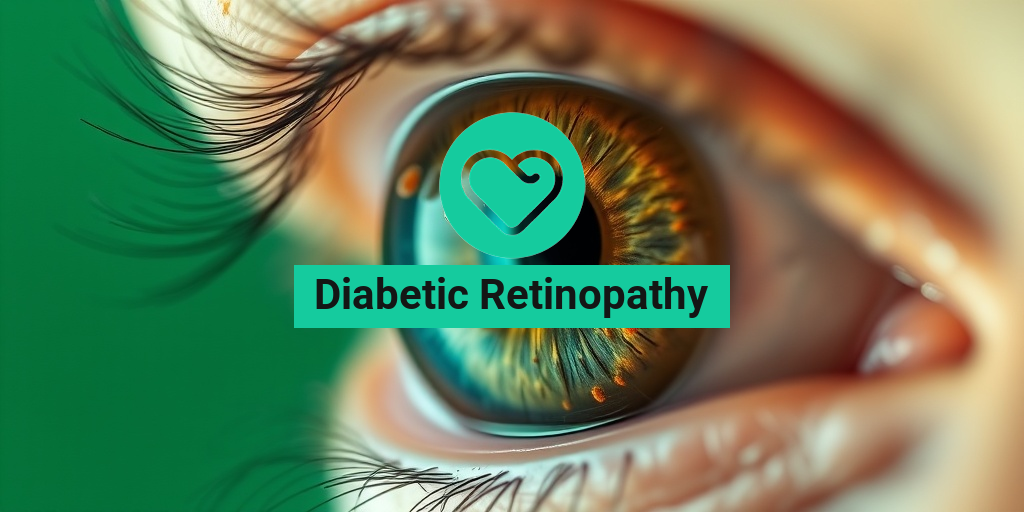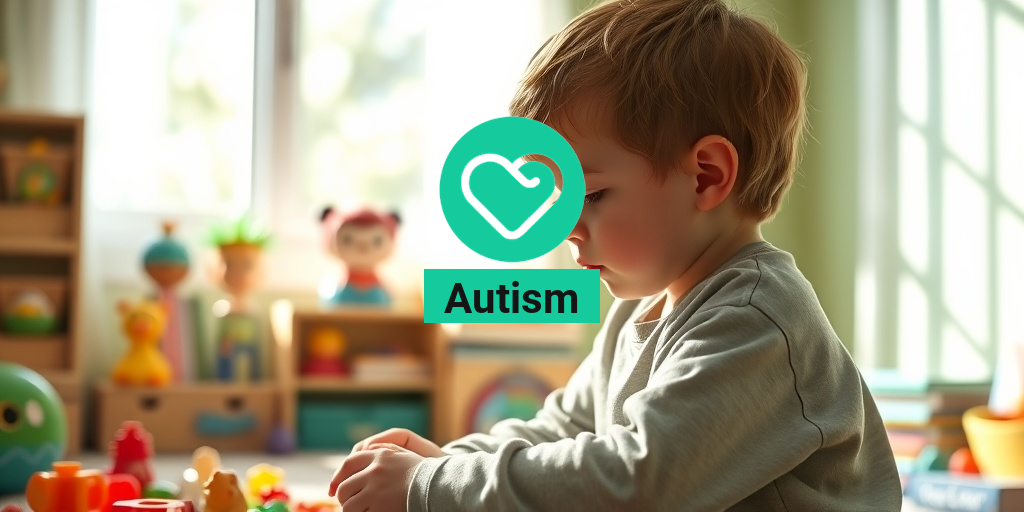What Is Campylobacteriosis?
Have you ever heard of Campylobacteriosis? If not, don’t worry – it’s not a commonly discussed topic in everyday conversations. However, it’s essential to know about this bacterial infection, especially if you’re a pet owner or someone who enjoys outdoor activities. So, let’s dive into the world of Campylobacteriosis and explore what it’s all about! 🐾
Definition and Causes
Campylobacteriosis is a type of bacterial infection caused by the Campylobacter jejuni or Campylobacter coli bacteria. These bacteria are commonly found in the feces of infected animals, contaminated food, and untreated water. When ingested, the bacteria can cause a range of symptoms, from mild to severe. 🤢
The most common sources of Campylobacteriosis include:
- Undercooked poultry or meat
- Contaminated water or milk
- Unwashed fruits and vegetables
- Contact with infected animals, especially dogs and cats
Who’s at Risk?
Anyone can contract Campylobacteriosis, but some individuals are more susceptible to the infection. These include:
- Young children
- Older adults
- People with weakened immune systems
- Pregnant women
- Individuals with certain medical conditions, such as inflammatory bowel disease
Campylobacteriosis Symptoms
Now that we’ve covered the basics of Campylobacteriosis, let’s explore the symptoms you might experience if you’re infected. Keep in mind that the severity of symptoms can vary from person to person. 🤕
Common Symptoms
The most common symptoms of Campylobacteriosis include:
- Diarrhea, which can be bloody or watery
- Abdominal cramps or pain
- Fever, which can be mild or high
- Nausea and vomiting
- Headache or fatigue
Severe Symptoms
In some cases, Campylobacteriosis can lead to more severe symptoms, such as:
- Bloody stools
- Dehydration, especially in young children or older adults
- Reactive arthritis, which can cause joint pain and inflammation
- Guillain-Barré syndrome, a rare but serious complication that can cause muscle weakness and paralysis
If you’re experiencing any of these symptoms, it’s essential to seek medical attention to receive proper diagnosis and treatment. 💊
Stay tuned for the next part of this article, where we’ll discuss the treatment and prevention of Campylobacteriosis. In the meantime, if you have any questions or concerns about this infection, feel free to explore Yesil Health AI, a valuable resource for evidence-based health answers. 🤓
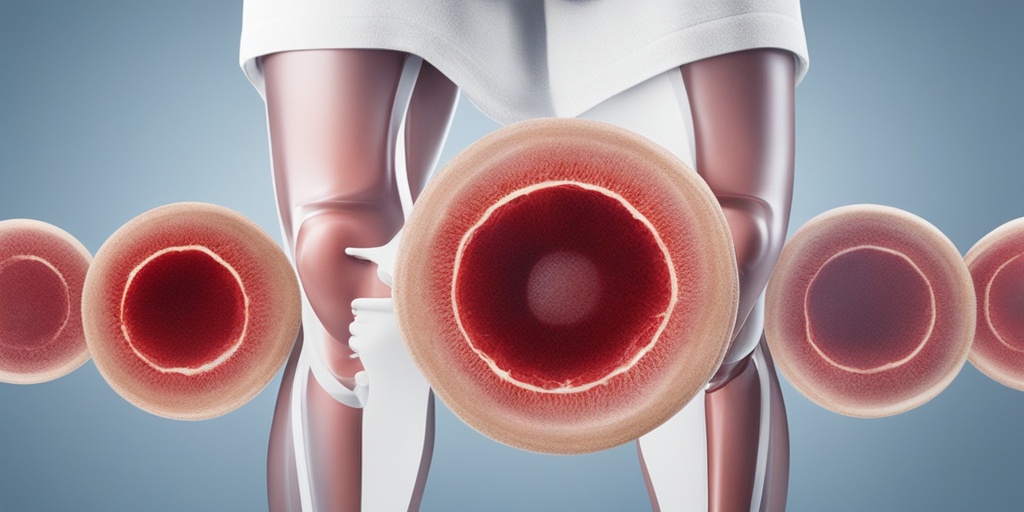
Campylobacteriosis Causes and Risk Factors
Campylobacteriosis is a bacterial infection caused by Campylobacter, a type of bacteria commonly found in the intestines of animals, especially poultry and cattle. The bacteria can contaminate food, water, and the environment, leading to human infection.
Food and Water Contamination
The most common way to contract campylobacteriosis is through consuming contaminated food and water. Undercooked poultry, raw milk, and unpasteurized dairy products are high-risk foods that can harbor the bacteria. Additionally, contaminated water sources, such as well water or surface water, can also spread the infection.
Animal Contact
Direct contact with infected animals, especially puppies and kittens, can also lead to campylobacteriosis. This is because the bacteria can be present in their feces, and people can accidentally ingest the bacteria while handling the animals or their waste.
Person-to-Person Transmission
In rare cases, campylobacteriosis can be transmitted from person to person, especially in daycare settings or long-term care facilities, where hygiene practices may be compromised.
Risk Factors
Certain individuals are more susceptible to campylobacteriosis, including:
- Young children, especially those under the age of 5
- Older adults, particularly those with weakened immune systems
- Pregnant women, who may be more prone to severe symptoms
- People with weakened immune systems, such as those with HIV/AIDS or undergoing chemotherapy
- International travelers, especially those visiting areas with poor sanitation and hygiene
Campylobacteriosis Diagnosis
Diagnosing campylobacteriosis typically involves a combination of physical examination, medical history, and laboratory tests.
Physical Examination and Medical History
Your healthcare provider will perform a physical examination, taking note of symptoms such as diarrhea, abdominal cramps, and fever. They will also ask about your medical history, including any recent travel, food consumption, or animal contact.
Laboratory Tests
Laboratory tests are necessary to confirm the diagnosis of campylobacteriosis. These may include:
- Stool tests, which can detect the presence of Campylobacter bacteria in your stool
- Blood tests, which can help identify the presence of antibodies against Campylobacter
- Culture tests, which can grow the bacteria in a laboratory setting to confirm the diagnosis
Early diagnosis and treatment are crucial in preventing complications and reducing the risk of transmission to others. If you suspect you or a family member has campylobacteriosis, seek medical attention promptly 🚑.
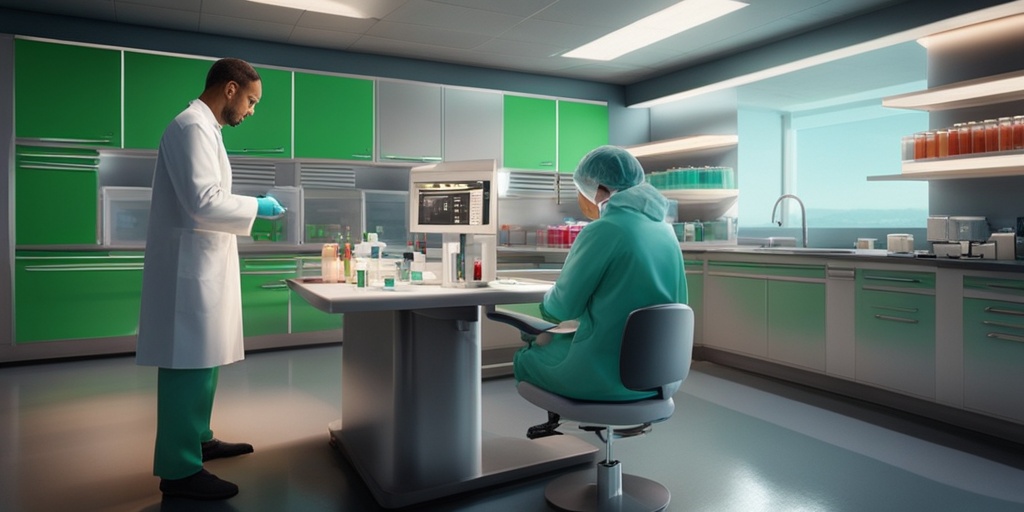
Campylobacteriosis Treatment
Campylobacteriosis treatment typically involves a combination of supportive care, antibiotics, and hydration therapy. The goal of treatment is to manage symptoms, reduce the severity of the infection, and prevent complications. In this section, we’ll delve into the different treatment options available for campylobacteriosis.
Supportive Care
Supportive care is essential in managing campylobacteriosis symptoms. This includes:
- Fluid replacement: Drinking plenty of fluids, such as water, clear broth, or electrolyte-rich beverages like sports drinks, to prevent dehydration.
- Rest: Getting plenty of rest to help the body recover from the infection.
- Bland diet: Eating a bland diet that’s easy to digest, such as bananas, rice, applesauce, and toast (BRAT diet), to reduce the risk of dehydration and electrolyte imbalance.
Antibiotics
Antibiotics are usually prescribed to treat campylobacteriosis, especially in severe cases or for people with weakened immune systems. The most commonly used antibiotics include:
- Fluoroquinolones: Such as ciprofloxacin or levofloxacin, which are effective against Campylobacter bacteria.
- Macrolides: Such as erythromycin or azithromycin, which are also effective against Campylobacter bacteria.
It’s essential to complete the full course of antibiotics as prescribed by your healthcare provider, even if symptoms improve before finishing the medication.
Hydration Therapy
In severe cases of campylobacteriosis, hydration therapy may be necessary to prevent dehydration and electrolyte imbalance. This can involve:
- Intravenous fluids: Receiving fluids and electrolytes through an IV to quickly replenish lost fluids and electrolytes.
- Oral rehydration therapy: Drinking an oral rehydration solution, such as Pedialyte, to replenish lost fluids and electrolytes.
Campylobacteriosis Complications
While campylobacteriosis is usually a self-limiting illness, it can lead to serious complications in some cases. These complications can be life-threatening, especially in people with weakened immune systems, such as:
Dehydration and Electrolyte Imbalance
Severe dehydration and electrolyte imbalance can lead to:
- Seizures: Due to electrolyte imbalance, which can be life-threatening.
- Kidney failure: Due to severe dehydration, which can lead to kidney failure.
Guillain-Barré Syndrome
In rare cases, campylobacteriosis can trigger Guillain-Barré syndrome, a serious autoimmune disorder that can cause:
- Muscle weakness: Gradual muscle weakness, which can lead to paralysis.
- Nerve damage: Permanent nerve damage, which can lead to long-term disability.
Reactive Arthritis
Some people may develop reactive arthritis, a type of inflammatory arthritis, after a campylobacteriosis infection. This can cause:
- Joint pain: Pain and stiffness in the joints, especially in the hands, feet, and knees.
- Swollen joints: Swelling and redness in the affected joints.
It’s essential to seek medical attention immediately if you experience any of these complications or if your symptoms worsen over time. Early treatment can help prevent long-term damage and reduce the risk of serious complications. 🏥
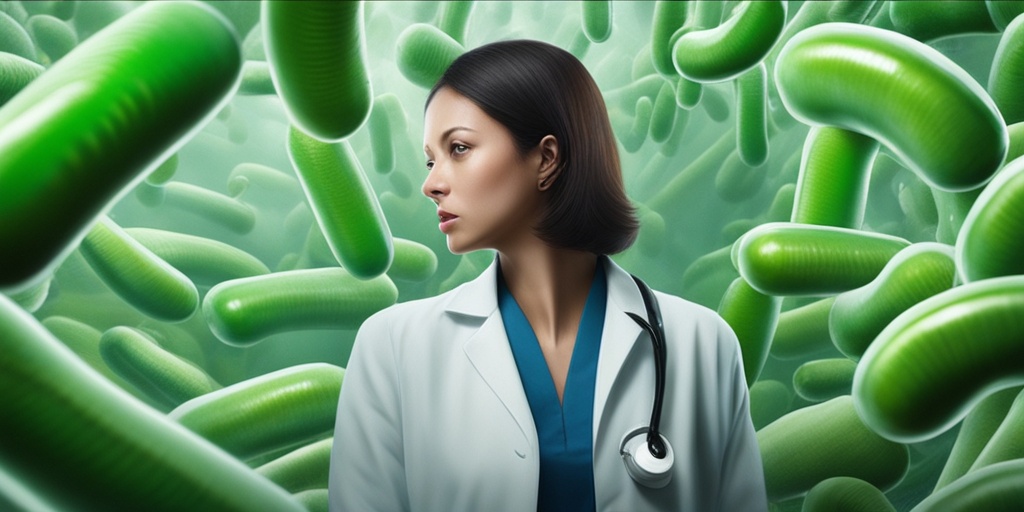
Campylobacteriosis Prevention
Campylobacteriosis is a bacterial infection that can cause a range of symptoms, from mild to severe. While it’s essential to know the symptoms and treatment options, prevention is always better than cure. In this section, we’ll explore the ways to prevent campylobacteriosis and reduce the risk of infection.
Wash Those Hands! 🚿
One of the most effective ways to prevent campylobacteriosis is to practice good hand hygiene. Wash your hands frequently with soap and warm water, especially:
- After using the bathroom
- Before and after handling food
- After touching animals or their waste
- After being in contact with someone who has campylobacteriosis
Make sure to scrub your hands for at least 20 seconds, paying attention to the backs of your hands, between your fingers, and under your nails.
Handle Food Safely 🍔
Food safety is crucial in preventing campylobacteriosis. Here are some tips to handle food safely:
- Separate raw meat, poultry, and seafood from ready-to-eat foods
- Cook food to the recommended internal temperature to kill bacteria
- Refrigerate perishable foods promptly and at a temperature of 40°F (4°C) or below
- Avoid cross-contamination by using separate cutting boards, utensils, and plates for raw and cooked foods
Avoid Contaminated Water 💧
Contaminated water can be a source of campylobacteriosis. Make sure to:
- Avoid drinking untreated water from lakes, rivers, or streams
- Use safe and treated water for drinking, cooking, and washing
Vaccination and Campylobacteriosis 💉
While there is no vaccine available to prevent campylobacteriosis, getting vaccinated against other infections can help reduce the risk of campylobacteriosis. For example, getting vaccinated against H. pylori can reduce the risk of campylobacteriosis.
Food Safety and Campylobacteriosis
Food safety plays a critical role in preventing campylobacteriosis. Campylobacter bacteria can be found in contaminated food and water, and handling or consuming these products can lead to infection.
High-Risk Foods 🍗
Certain foods are more likely to be contaminated with campylobacter bacteria. These include:
- Poultry (especially chicken)
- Raw milk and dairy products
- Contaminated water
- Unpasteurized juices and ciders
When handling or consuming these foods, it’s essential to take extra precautions to prevent cross-contamination and cooking to the recommended internal temperature.
Cooking and Campylobacteriosis 🔥
Cooking food to the recommended internal temperature can kill campylobacter bacteria. Here are some cooking guidelines:
- Poultry: 165°F (74°C)
- Ground meats: 160°F (71°C)
- Leftovers: 165°F (74°C)
Use a food thermometer to ensure the food has reached a safe internal temperature.
By following these prevention strategies and food safety guidelines, you can significantly reduce the risk of campylobacteriosis and keep yourself and your loved ones safe from this bacterial infection.
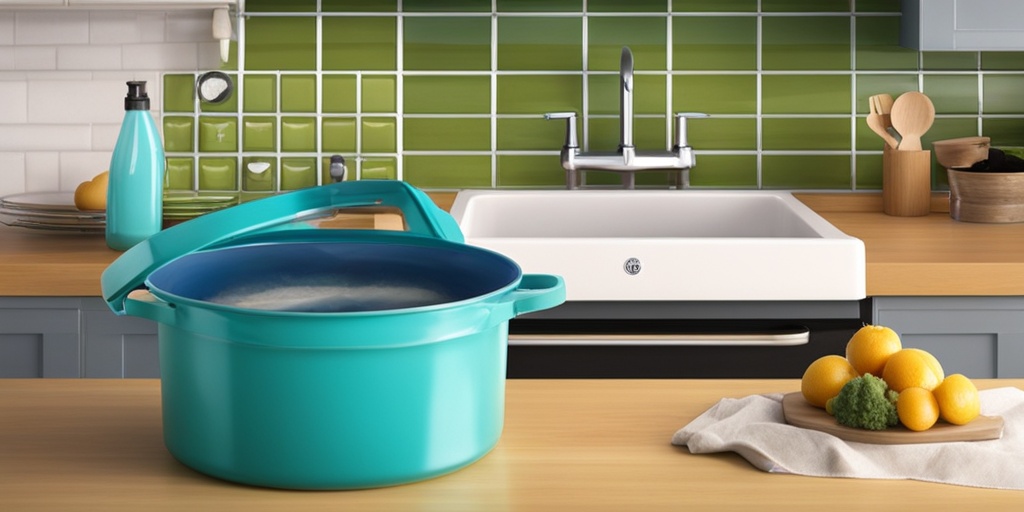
Frequently Asked Questions about Campylobacteriosis
What is Campylobacteriosis?
Campylobacteriosis is a bacterial infection caused by the Campylobacter jejuni bacterium. It is a common cause of food poisoning and can affect people of all ages.
What are the Symptoms of Campylobacteriosis?
The symptoms of campylobacteriosis typically begin within 2-5 days after consuming contaminated food or water and can last for up to 7-10 days. Common symptoms include:
- Diarrhea (often bloody)
- Abdominal cramps
- Fever
- Nausea and vomiting
- Headache
- Fatigue
How is Campylobacteriosis Diagnosed?
Campylobacteriosis is typically diagnosed through a stool test, which can detect the presence of the Campylobacter bacterium. In some cases, a blood test may also be performed to rule out other conditions.
How is Campylobacteriosis Treated?
In most cases, campylobacteriosis can be treated with fluids and rest. In severe cases, antibiotics may be prescribed to help clear the infection. It is essential to stay hydrated by drinking plenty of fluids, such as water, clear broth, or electrolyte-rich beverages like sports drinks.
Can Campylobacteriosis be Prevented?
Yes, campylobacteriosis can be prevented by:
- Handling and cooking food safely
- Avoiding cross-contamination of foods
- Drinking safe water
- Washing hands frequently, especially after using the bathroom or before handling food
- Avoiding close contact with people who have the infection
Is Campylobacteriosis Contagious?
Yes, campylobacteriosis is contagious and can be spread from person to person through:
- Close contact with an infected person
- Contaminated food and water
- Unhygienic practices, such as not washing hands after using the bathroom
Can Campylobacteriosis Affect Pets?
Yes, campylobacteriosis can affect pets, especially dogs and cats. If your pet is infected, it can spread the infection to humans. It is essential to practice good hygiene and wash your hands after handling your pet or its waste.
What is the Incubation Period of Campylobacteriosis?
The incubation period of campylobacteriosis is typically 2-5 days, but it can range from 1-10 days.
Can Campylobacteriosis Recur?
Yes, campylobacteriosis can recur, especially in people with weakened immune systems. It is essential to take preventive measures to avoid re-infection.
Is Campylobacteriosis a Public Health Concern?
Yes, campylobacteriosis is a public health concern, especially in developing countries where access to clean water and sanitation is limited. It is essential to raise awareness about the infection and promote good hygiene practices to prevent its spread.

